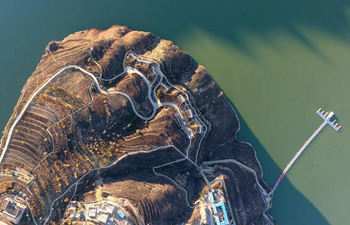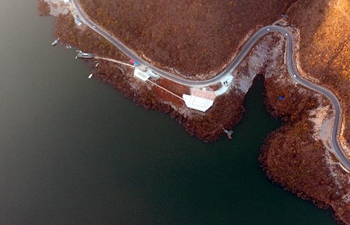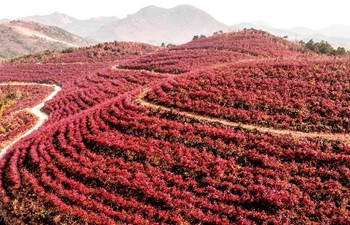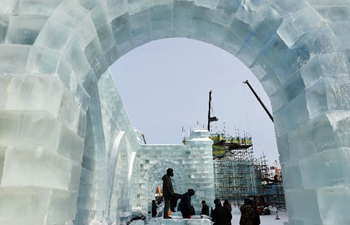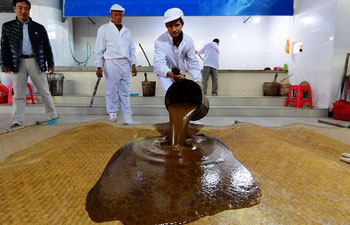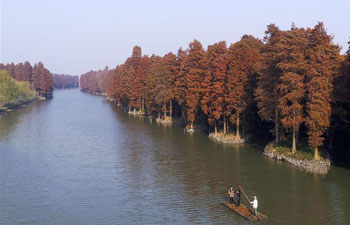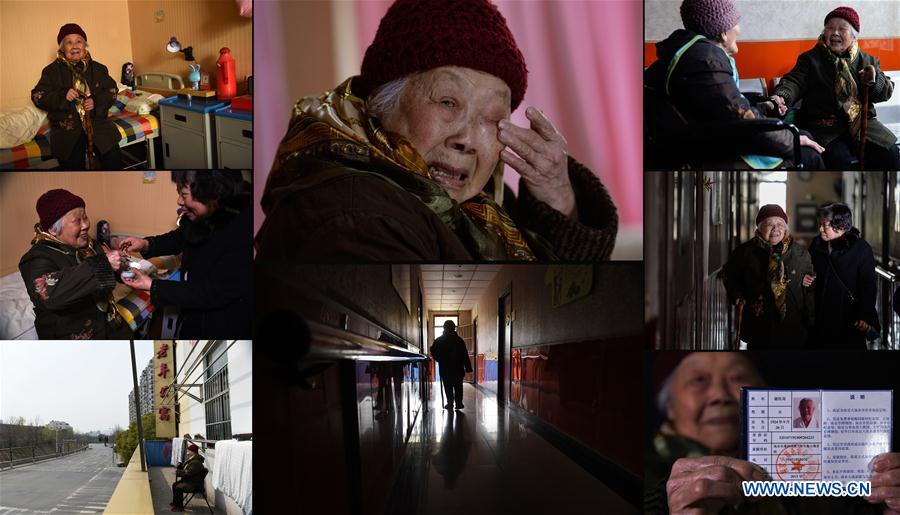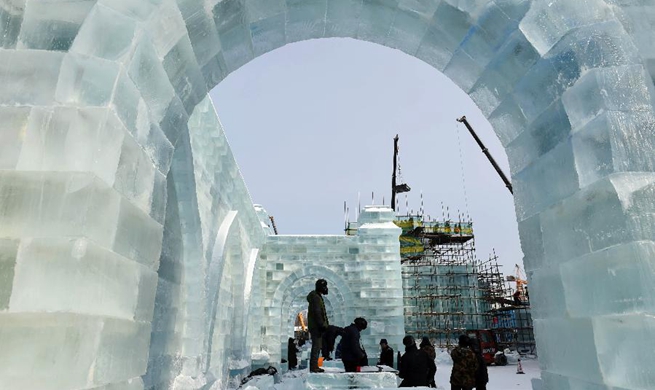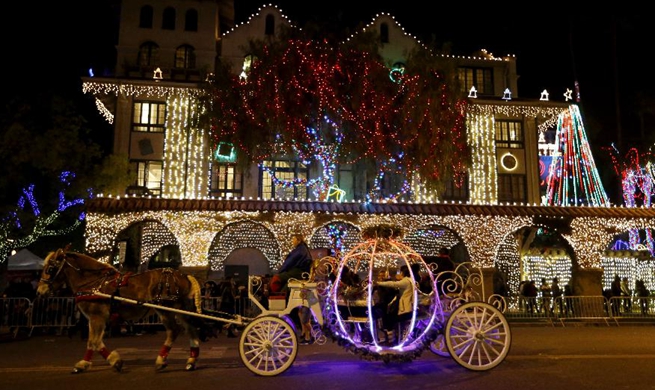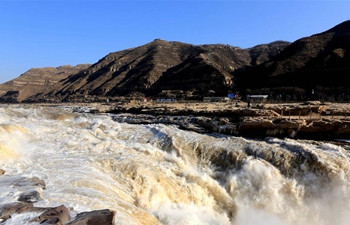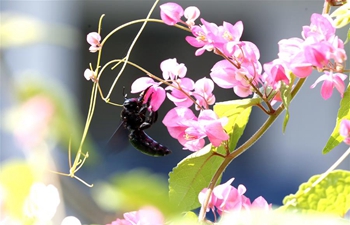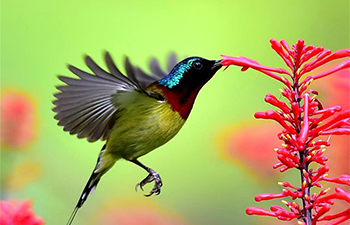SANTIAGO DE CUBA, Dec. 11 (Xinhua) -- El Cobre, a quiet and picturesque town nestled in the foothills of eastern Cuba's Sierra Maestra Mountains, was the setting for one of the most dramatic episodes in Cuban history: the island's first slave rebellion in 1731.
It would take another 150 years for the Spanish colonialists to abolish slavery, in 1886, but the uprising highlighted the inhumane conditions imposed on slaves, especially in the local copper-mining industry that gave the town its name.
Located 25 km northwest of the provincial capital Santiago de Cuba, El Cobre (Copper) features a hilltop monument to the runaway slaves who risked everything to gain their emancipation, and whose act of bravery forced the Spanish crown to make the unusual decision of granting them their freedom in 1831.
The moving bronze sculpture of an outstretched hand rising from the earth and reaching for the skies was created by renowned Cuban sculptor Alberto Lescay.
The sculpture is one of many sites of interest that make up the Slave Route, a project by the United Nations Educational, Scientific and Cultural Organization (UNESCO) that aims to raise awareness about the slave trade and its influence on cultures in the Americas.
"This town is important to national culture," says Narciso Barreras, who traces his ancestry to the slave rebels, almost all of them members of Africa's Bantu ethnic group.
The top of Cardenillo Hill, where the Monument to the Cimarron stands, offers visitors a panoramic views of the small town of 16,000 residents, including the old copper mine and so-called Blue Lagoon.
The lagoon, about one kilometer long and 60 meters deep, emerged naturally after the mine was abandoned in 2000, and contrasts beautifully with the surrounding green mountains.
Lescay and several local artists want to use the site to commemorate and conserve the cultural contributions of the African slaves, whose traits and customs mixed with those of Europeans and Asians to form modern Cuban society.
Nearby, the sanctuary of the Virgen de la Caridad del Cobre, Cuba's patron saint, is a bustling tourism and pilgrimage site.
"To date, business has been doing well. Many visitors come and buy images (of the virgin) for themselves or to give as presents," vendor Erlin Garrido said.
He opened his small gift stand, one of dozens that line both sides of the street leading to the sanctuary, seven years ago amid the economic reforms promoted by the government.
Devotees have over the years left hundreds of offerings as tokens of appreciation to the patron saint, most notably the Nobel Prize certificate and gold medal presented to American novelist Ernest Hemingway. The author, who lived in Cuba for several years, donated both to the sanctuary.
Given its cultural, historical and religious significance, the government declared El Cobre a National Monument in 2016, and hopes UNESCO will in the not too distant future designate the town, where Cuba's slaves were first free, a World Heritage Site.




